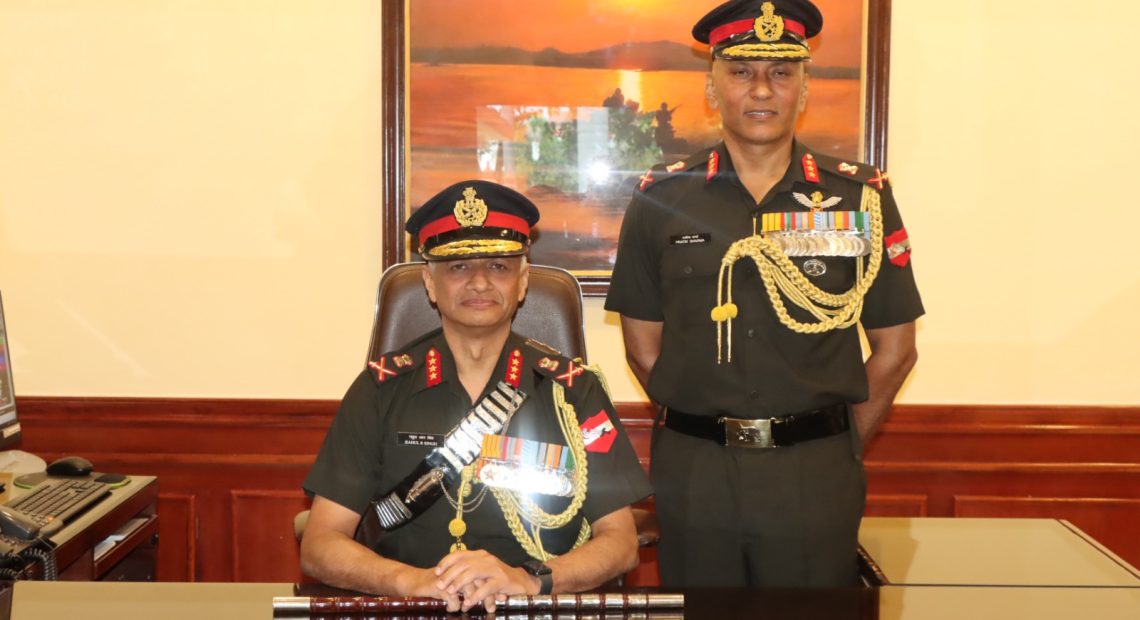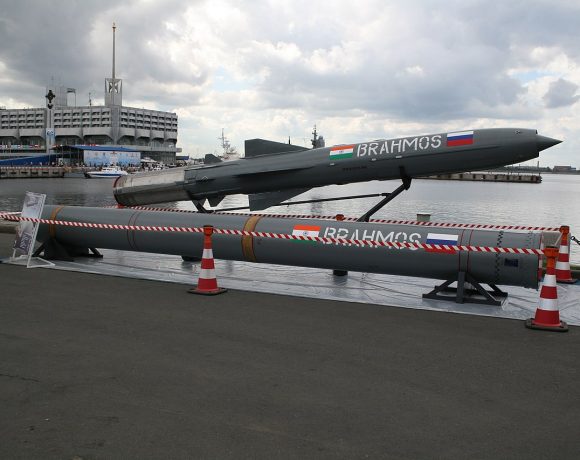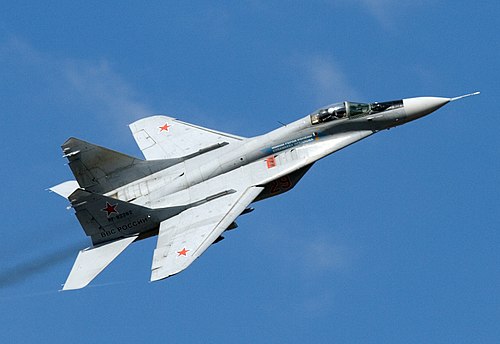
China Provided Live Inputs to Pakistan During Operation Sindoor
Indian Army’s Deputy Chief of Army Staff (Capability Development & Sustenance), Lt Gen Rahul R Singh, has revealed that during Operation Sindoor, China passed real-time intelligence to Pakistan regarding India’s critical deployment vectors. Singh discussed this at a FICCI forum in New Delhi on July 4, stating Pakistan gained situational awareness of India’s troop and asset movements thanks to live data shared by China.
Operation Sindoor was a calculated four-day military offensive launched in May in retaliation to the Pahalgam terror attack. The operation targeted nine Pakistani terror camps across Pakistan and PoK, dismantled terror infrastructure, and reportedly eliminated over 100 militants. Singh underlined that India faced not just Pakistan, but a coordinated “axis” of Pakistan-China—supported even by Turkey via drone deployment. He described the conflict as a “live lab” for China, allowing them to test weapons systems and their integration with Pakistani forces.
Highlighting the gravity of that intelligence leak, Singh recounted Pakistan’s DGMO-level talks attempting to urge India to pull back “primed” vector positions, indicating inside knowledge of India’s battlefield readiness. He noted that 81% of Pakistan’s military hardware is Chinese-made, making the battlefield intel especially valuable to Beijing. This prompted India to rethink dual adversary tactics and accelerate modernization efforts.
After the operation, India’s Defence Acquisition Council approved over ₹1 lakh crore in upgrades—including spy aircraft, radars, air defences, and sea mines—to neutralize future intelligence and technological disadvantages. India also plans to fast-track deployment of 52 defence surveillance satellites by 2029 to enhance domain awareness.
The disclosure comes at a moment when Pakistan has begun rebuilding terror launchpads destroyed during Operation Sindoor with alleged ISI support, Turkey’s drone backing is under review, and India continues to fine-tune its tri-services jointness. Military leaders underscore a shift toward intelligence-resilient platforms and tighter control over battlefield communications and deployments.
As India reassesses its defence posture after operations like Sindoor, Singh’s revelations may spur deeper scrutiny of cross-border dynamics and adversary coordination. He warned that future conflicts involving multiple powers will demand resilient systems and secure command controls to prevent intelligence leaks.

















